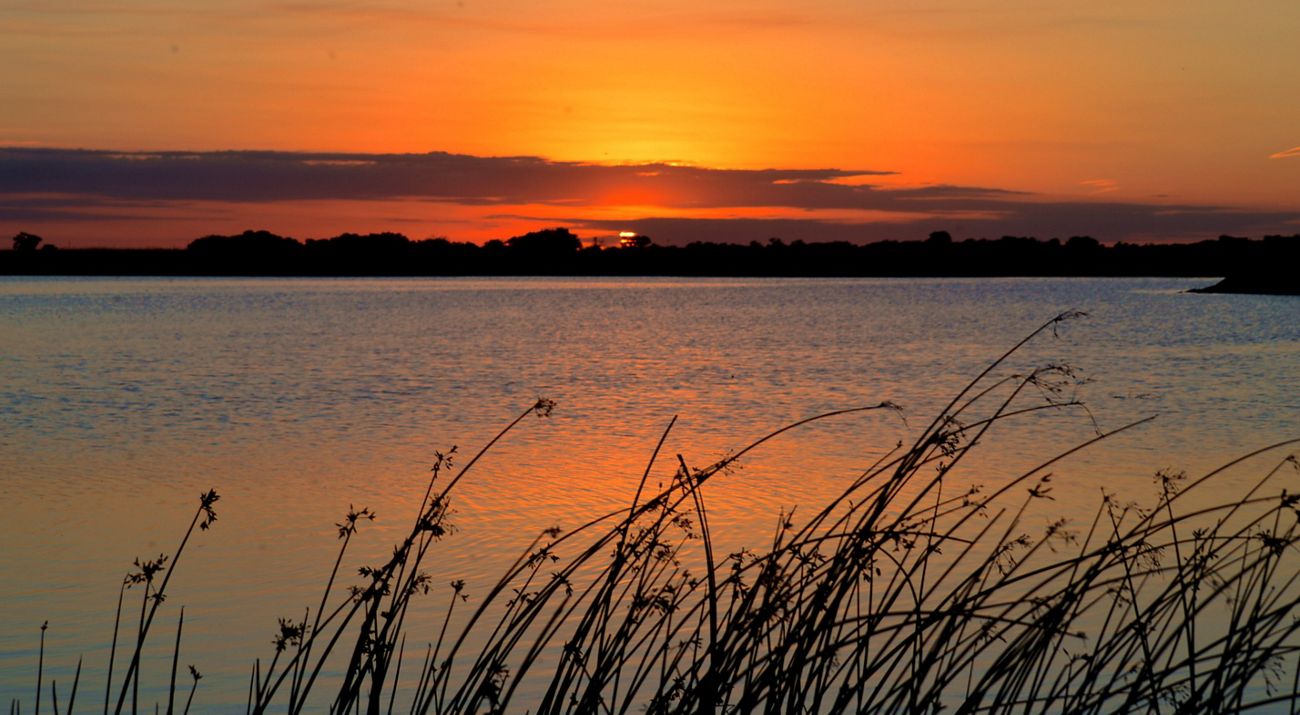The Nature Conservancy Applauds Rattlesnake Creek Working Group Success
U.S. Fish & Wildlife Service says stream flow targets have been met and they will not call for water rights at Quivira National Wildlife Refuge
Media Contacts
-
Shannon Shechter
Director of Marketing
Email: shannon.shechter@tnc.org
On August 19, the U.S. Fish & Wildlife Service (USFWS) director Martha Williams announced that the year 1 target for reducing streamflow depletion in Rattlesnake Creek was exceeded. Because of this meaningful progress, USFWS does not believe it is necessary for the state of Kansas to issue administrative orders for 2025 in response to the standing request to secure water for Quivira National Wildlife Refuge.
The Nature Conservancy released the following statement from Dr. Heidi Mehl, director of water and agriculture programs in Kansas.
"The Nature Conservancy applauds the announcement that the Rattlesnake Creek Working Group has exceeded the initial target for streamflow conservation equivalent to more than 325,000 gallons. This progress means that the U.S. Fish & Wildlife Service will not call on the Kansas Department of Agriculture to administer their senior right for Quivira National Wildlife Refuge in 2025. More importantly, it demonstrates that the collective efforts of local communities, conservation groups, natural resource agencies and private industry drive on-the-ground solutions so that people and nature can thrive together.
Quote: Heidi Mehl
This demonstrates that the collective efforts of local communities, conservation groups, natural resource agencies and private industry drive on-the-ground solutions so that people and nature can thrive together.
The wetlands of central Kansas are more than just a state treasure, they are known around the world for their importance to conserving wildlife diversity. Cheyenne Bottoms and Quivira National Wildlife Refuge are critical for the survival of migrating birds, like sandhill and whooping cranes, which stop to feed and rest along their grueling spring and fall journeys. Quivira's primary water source is the 95-mile Rattlesnake Creek that crosses through six Kansas counties before feeding into Quivira's Little Salt Marsh at the southern end of the refuge. Wildlife needs the wetlands to have enough water flowing from Rattlesnake Creek at the same time local farmers need the water to irrigate their crops. These competing needs have long caused tension.
For several years, TNC has worked with farmers, local leaders, state agencies, federal partners and others seeking solutions that support both the natural communities and the human communities. And last year, the Rattlesnake Creek Working Group developed a strategic outline with annual targets of increased streamflow to Quivira. TNC led an irrigation efficiency project to reduce the amount of groundwater pumped and used for crop fields while still maintaining harvest size and profitability. Other strategies driving water use reductions include invasive tree removal, retiring water rights, water banking, and more voluntary, incentive-based programs.
Today's news is the first of many milestones. We thank the U.S. Fish & Wildlife Service, USDA's Natural Resources Conservation Service, Big Bend Groundwater Management District #5, WaterPACK, Kansas State University, Kansas Livestock Association, Kansas Farm Bureau and Kansas Corn Growers Association for joining us in this work. We look forward to continued progress and collaborative problem-solving."
To learn more about The Nature Conservancy's work in Kansas, visit nature.org/kansas.
The Nature Conservancy is a global conservation organization dedicated to conserving the lands and waters on which all life depends. Guided by science, we create innovative, on-the-ground solutions to our world’s toughest challenges so that nature and people can thrive together. We are tackling climate change, conserving lands, waters and oceans at an unprecedented scale, providing food and water sustainably and helping make cities more resilient. The Nature Conservancy is working to make a lasting difference around the world in 81 countries and territories (40 by direct conservation impact and 41 through partners) through a collaborative approach that engages local communities, governments, the private sector, and other partners. To learn more, visit nature.org or follow @nature_press on X.
